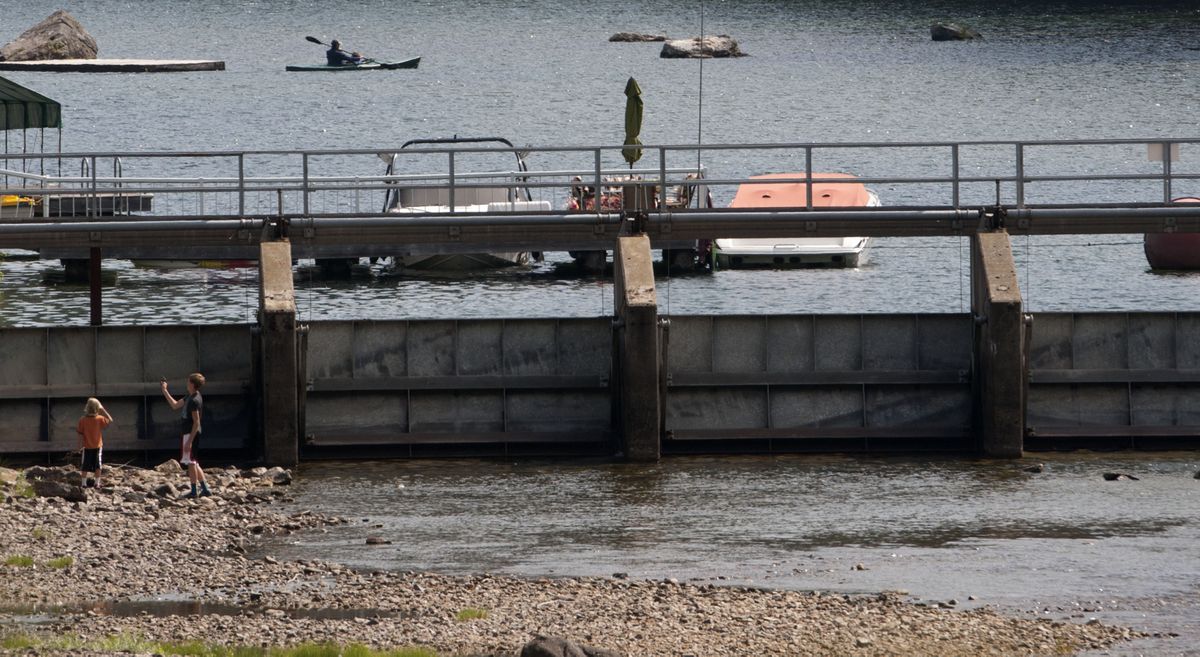Pumping cooler water from depths of Priest Lake won’t have negative impact on lake health, study says

Pumping cool water from the depths of Priest Lake into the Priest River would have no “measurable” impact on the health of Priest Lake, according to a study presented by the Idaho Department of Fish and Game to the public last week.
The report was done by Advanced Eco-Solutions, an independent party hired by IDFG via a competitive bid. It’s the next step in a process that started in 2013, said Andy Dux, Panhandle Region fisheries manager.
“We are still in that information gathering phase,” he said during a Zoom presentation last week. “This is a big idea with a lot of things that need to be considered.”
During the summer, the Priest River becomes too hot for many cold-water fish, including native westslope cutthroat trout, bull trout and mountain whitefish. During this summer’s record-setting heat wave there were reports of fish die-offs up and down the North Idaho river, a scenario that will likely become more common, according to regional climate change modeling.
Despite that issue, the Priest River has suitable fish habitat and historically provided good habitat for native fish, according to agency biologists. But the construction of Outlet Dam in 1978 changed that dynamic. In the summer months Priest Lake now stratifies, a natural process in which the warmer water is on top and the colder water sinks to the bottom. That means only warmer water flows over the top of Outlet Dam.
Since 2013, IDFG has considered a cold-water bypass that would pump cooler water from the depths of the lake up and over Outlet Dam.
There have been public concerns, however, that the bypass would either damage the health of the lake or change the lake level. Per Idaho statute, Priest Lake has to remain at full pool for summer recreation.
According to the study, those concerns aren’t well-founded.
“Would this change the lake level? No. Outflow volume would remain the same,” Dux said to the 250 people who attended the online presentation. “This is just a replacement of water. It wouldn’t be having more water come out of the lake than normal. It would involve the same volume of water passing through Outlet Dam. It would just come from a depth within the lake to influence the temperature that ultimately ends up in the river.”
Next, IDFG has to decide whether or not to implement the project. The agency will review all the information it has gathered to make that decision. If the process does move forward, the public would have a numerous chances to comment, Dux said. In the meantime, IDFG staff will develop a website to provide updates and new information on the cold-water bypass concept. The website will house all information, videos and documents relative to the project.
“We’re trying to be very transparent throughout this process,” Dux said, “knowing that there are a lot of folks out there who have strong opinions about this idea. Both in support of an opposed to.”